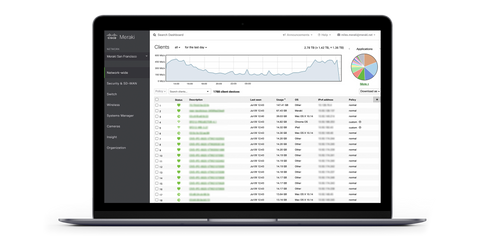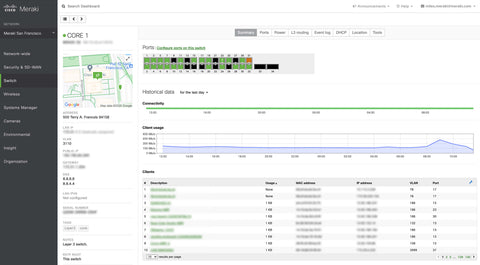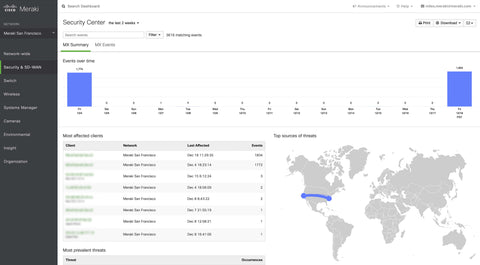Introduction
Selecting the appropriate network hardware is essential for building a reliable and high-performing network infrastructure. Routers, switches, and access points form the foundation of any network, facilitating connectivity, data transfer, and communication. In this guide, we will explore the considerations and features to keep in mind when choosing network hardware. By understanding the roles and functionalities of routers, switches, and access points, you can make informed decisions to meet the specific needs of your network.
Routers
Routers serve as the backbone of network connectivity, enabling communication between different networks and facilitating data routing. Consider the following when choosing a router:
-
Performance: Evaluate the router's throughput capacity, measured in megabits per second (Mbps) or gigabits per second (Gbps), to ensure it can handle the expected network traffic volume without bottlenecks.
-
WAN Connectivity: Consider the type and number of WAN interfaces the router supports, such as Ethernet, DSL, or fibre. Choose a router that matches your specific internet connection type.
-
Security Features: Look for built-in security features like firewall capabilities, VPN support, and intrusion prevention systems (IPS) to protect your network from unauthorised access and threats.
-
Scalability: Ensure that the router supports future network expansion by accommodating additional interfaces, capacity, and advanced features as your network grows.
Switches
Switches facilitate local network communication by directing data packets between devices within a network. When selecting switches, consider the following factors:
-
Port Density: Determine the number of ports required based on the number of devices to be connected. Consider both the total number of ports and the mix of port speeds (e.g., 1Gbps, 10Gbps) to support current and future network requirements.
-
Power Over Ethernet (PoE): If you have devices like IP phones, wireless access points, or surveillance cameras that require power, consider switches with PoE capabilities. This eliminates the need for separate power sources and simplifies installation.
-
Manageability: Decide whether you need managed or unmanaged switches. Managed switches offer advanced features like VLAN support, Quality of Service (QoS), and port mirroring for monitoring, while unmanaged switches are simpler and cost-effective for basic connectivity.
-
Switching Capacity: Evaluate the switching capacity of the switch to ensure it can handle the expected network traffic volume. Look for features like buffering, packet forwarding rate, and backplane bandwidth to ensure smooth and efficient data transfer.
Access Points
Access points (APs) provide wireless connectivity, allowing devices to connect to the network without physical cables. Consider the following when choosing access points:
-
Wireless Standards: Ensure that the access points support the latest wireless standards, such as Wi-Fi 6 (802.11ax), to benefit from improved speed, capacity, and efficiency.
-
Coverage and Capacity: Assess the coverage area and capacity requirements of your wireless network. Consider factors like antenna types, transmit power, and the number of concurrent connections supported by the access point.
-
Security Features: Look for access points that offer robust security features like Wi-Fi Protected Access (WPA3), encryption, guest network isolation, and integrated intrusion detection and prevention systems.
-
Management Capabilities: Consider whether you need centralised management capabilities for multiple access points. Access point controllers or cloud-based management platforms simplify configuration, monitoring, and troubleshooting across your wireless network.
Conclusion
Choosing the right network hardware is crucial for building a reliable and efficient network infrastructure. Routers, switches, and access points each serve unique roles in facilitating network connectivity, data transfer, and wireless communication. By considering factors such as performance, connectivity options, security features, scalability, and manageability, you can make informed decisions that align with your network requirements. A well-designed network infrastructure, with the right combination of routers, switches, and access points, will provide the foundation for seamless connectivity, efficient data transfer, and optimal performance within your organisation.



